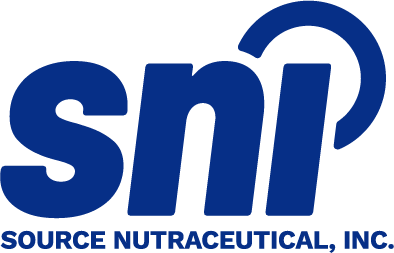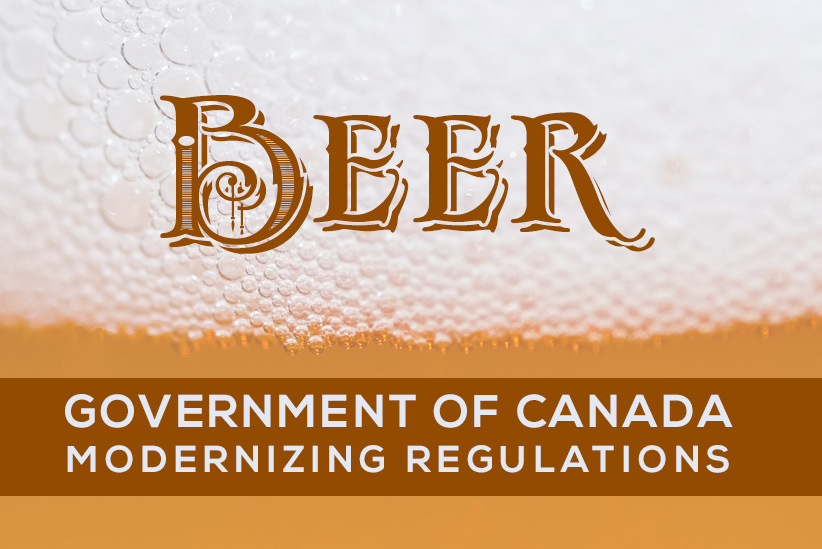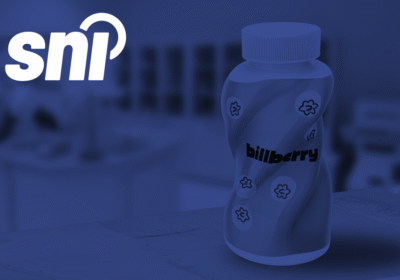Beer. Beer. Beer.
The Food and Drug Regulations (FDR) new definition for BEER (noun): shall be the product of the alcoholic fermentation by yeast, or a mixture of yeast and other micro-organisms, an infusion of barley or wheat malt and hops or hop extract in potable water.
Beer is the most popular alcoholic beverage in Canada by volume and dollar value. Beer has been one of Canada’s oldest industries with a competitive advantage to brew world class beers due to its proximity to high quality malt barley and the large fresh water supply Canada possesses. With such a positive impact on the Canadian economy, the regulations were long overdue to loosen their belt buckles by a few notches as they had not faced any major amendments in over 30 years!
The government of Canada is modernizing the regulations with an aim to simplify and render them more flexible for the ingredients and methodology used in making the majestic brew. Beer is to contain at most 4% of residual sugars to differentiate standard beer from sweeter malt-based beverages. This makes room for innovation, product development and create new varieties for consumers to enjoy while still maintaining beer’s integrity. This is exciting news for the innovators in the industry. As new product formulas will be developed using ingredients that were previously not allowed such as herbs and spices, this may bring about allergens that were previously not found in beer.
Mustard beer anyone? Anyone? Or better yet Beer with maple flavour? A new Canadian cuisine staple perhaps?

Ingredients which may be added to beer during manufacturing:
- Cereal grain
- Honey, maple syrup, fruit juice or any other source of carbohydrates
- Herbs and spices
- Salt
- Flavouring preparations
- Pre-isomerized hop extract
- Reduced isomerized hop extract
- Permitted Food Additives with an applicable market authorization
The Food and Drug Regulations (FDR) amendments will also bring to the forefront allergen declarations with gluten sources, added sulphites and food allergens to be declared in the list of ingredients or added as a statement (ex. Contains: Barley). This will arm Canadian consumers who suffer from food allergies, celiac disease and food sensitivities with the information to make educated choices and beat the bloat and uncomfortable feeling that some face when having gluten-based ales. Flavouring preparations will also have to be declared, such as “beer with raspberry flavour”.
The individual standards for ale, stout, porter and malt liquor will be repealed and there will be one standard for all beer styles and types. The declaration of the beer style or type is optional and considered supplementary labelling information. The common name on the label and advertisement is based on the percentage of alcohol content.
| Percentage Alcohol by Volume | Common Name |
| 1.1 to 2.5 | Extra Light Beer |
| 1.1 to 2.5 | Extra Light Beer |
| 2.6 to 4.0 | Light Beer |
| 4.1 to 5.5 | Beer |
| 5.6 to 8.5 | Strong Beer |
| 8.6 or more | Extra Strong Beer |
The Government of Canada has given the brewing industry ample time to transition as the effective date is December 14, 2022. It has been recorded that there are 817 beer brewing facilities as of 2017, these domestic brewers produce 84% of the beer purchased totaling 40.6% of total alcoholic beverage sales. These numbers are expected to grow with the innovation that is brewing.




